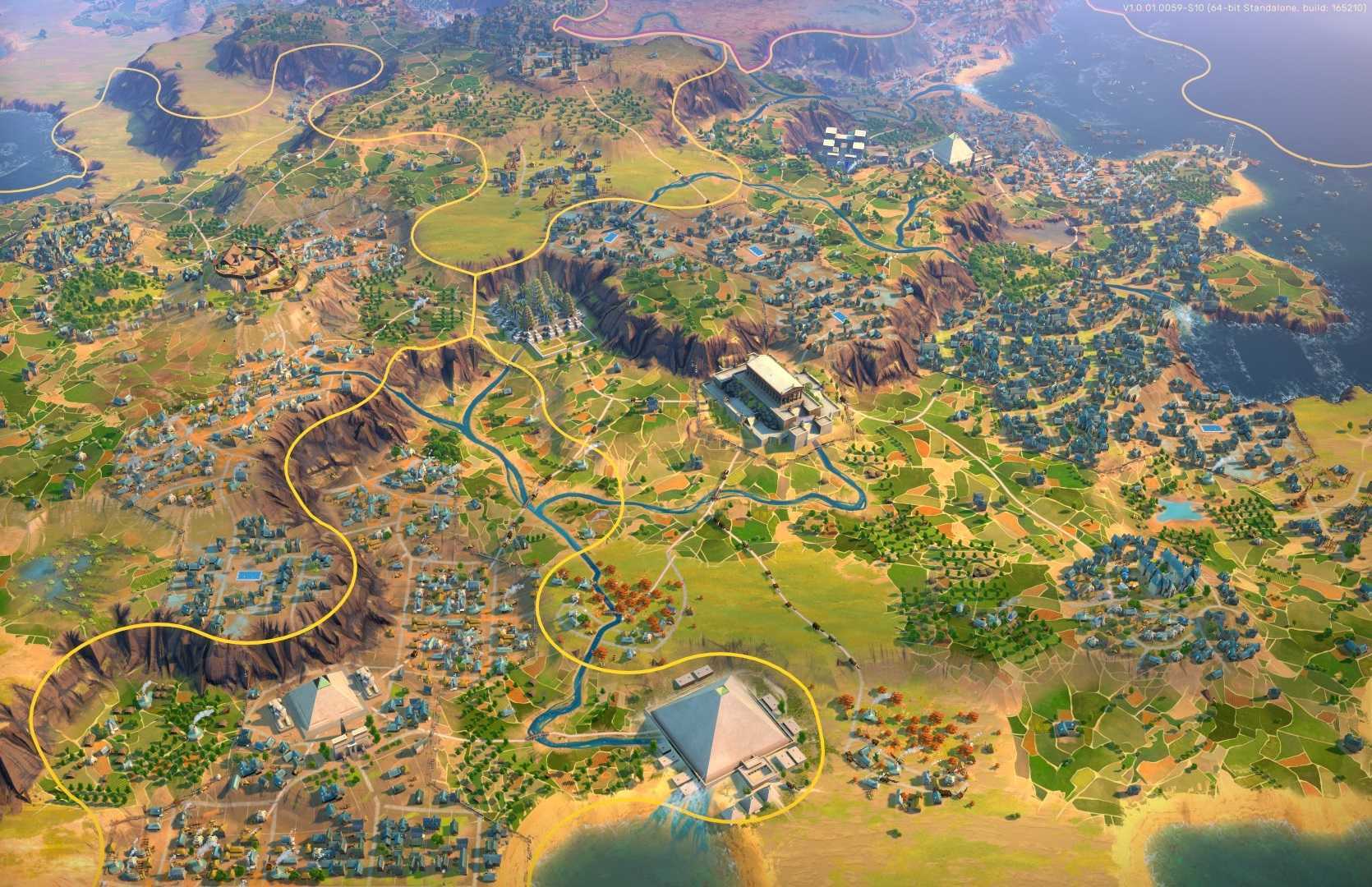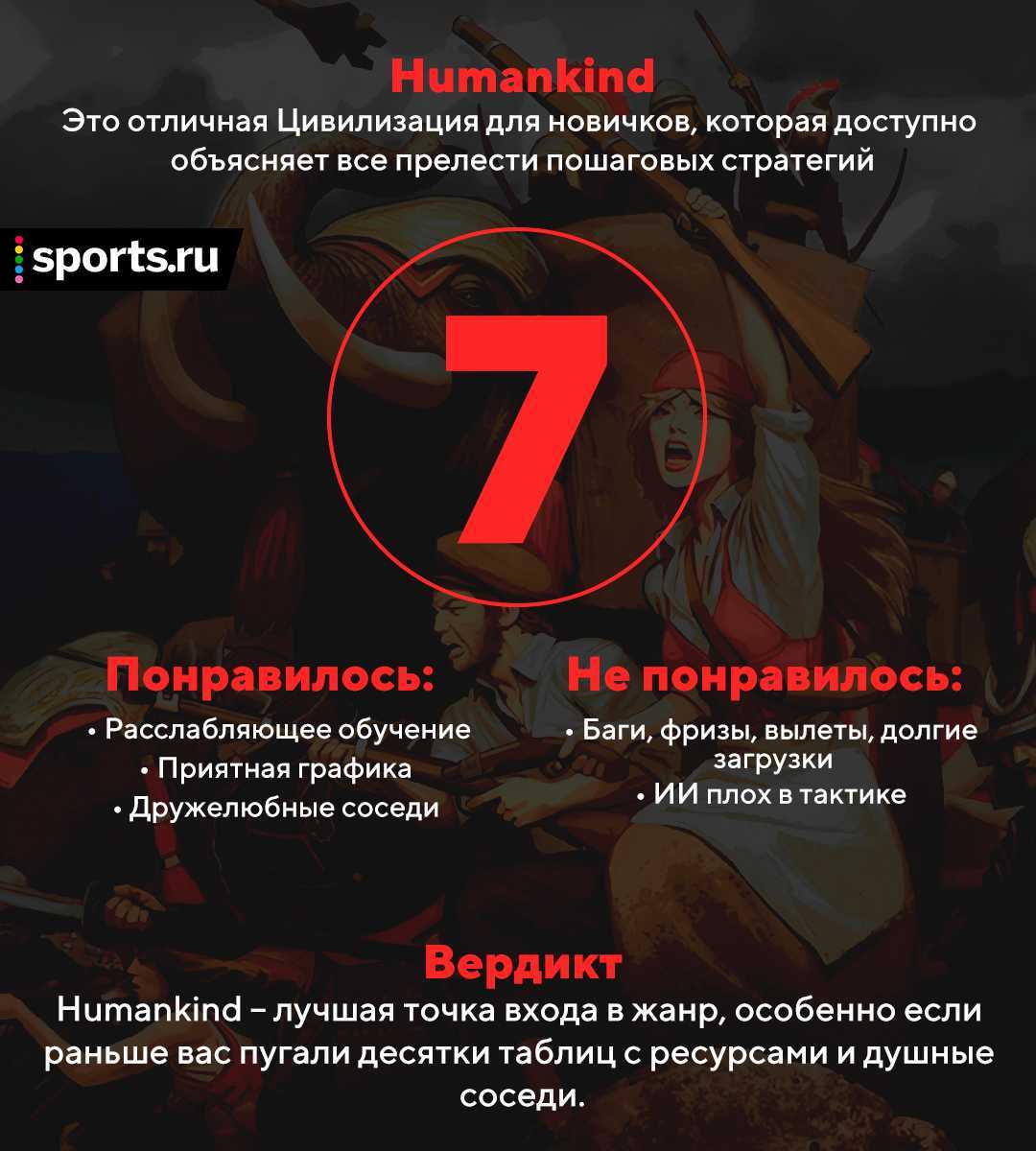Cassini — Venus flybys en route to Saturn (1998 and 1999)
An artist’s impression of the Cassini-Huygens spacecraft flying by Venus. (Image credit: NASA/JPL)
The joint NASA-European Space Agency (ESA) mission Cassini-Huygens flew by Venus twice to pick up speed for the last destination of the mission, Saturn. (The spacecraft also went by Earth and Jupiter on the way there.) The Venus flybys took place on April 26, 1998 and June 24, 1999, and most of the science instruments were turned on to examine Venus and make practice observations for Saturn. Cassini arrived safely at Saturn in 2004 for many years of orbital observation of the planet and moons. It also released a small probe called Huygens that made a landing on Saturn’s moon Titan.
Akatsuki — first Japanese Venus orbiter (2010 attempt and 2015 success)
Artist’s illustration of Japan’s Akatsuki spacecraft at Venus. (Image credit: JAXA/Akihiro Ikeshita)
Akatsuki is the first Japanese orbiter at Venus. It attempted to enter orbit on Dec. 6, 2010, but a problem with the fuel pressure system caused the spacecraft to miss the mark. Luckily, Akatsuki remained in good health for five years and the Japan Aerospace Exploration Agency (JAXA) was able to make a second attempt on Dec. 7, 2015. This time, the spacecraft successfully entered orbit, and it has been transmitting data about the atmosphere and Venusian clouds ever since. Alternate names for the mission are the Venus Climate Orbiter and Planet-C.
Galileo — Venus flyby en route to Jupiter (1989)
This colorized image of Venus was recorded by the Jupiter-bound Galileo spacecraft shortly after its gravity assist flyby of Venus in February of 1990. Galileo’s glimpse of the veiled planet shows structure in swirling sulfuric acid clouds. (Image credit: Galileo Project, JPL, NASA)
NASA’s Galileo spacecraft made one flyby of Venus on Feb. 9 and 10, 1990 as part of a series of planetary gravity assists to get to its ultimate destination, Jupiter, in 1995. Scientists used the brief opportunity to gather more data about the environment and atmosphere on Venus, although the main objective of the flyby was to get through it safely to bring the spacecraft to Jupiter.
Mariner 10 — flyby of Venus en route to Mercury (1974)
This image of Mariner 10 identifies the spacecraft’s science instruments, which were used to study the atmospheric, surface and physical characteristics of Venus and Mercury. (Image credit: NASA)
Mariner 10 was the first spacecraft to use the gravity of one planet (Venus) to slingshot to a second planet (Mercury). It also was the first spacecraft to visit two planets. The NASA probe zoomed by Venus once on Feb. 5, 1974 and sent back the first close-up images of the planet from orbit. The spacecraft overcame several technical issues during its mission, including problems with a high-gain antenna and some attitude control issues.
Venera 7 — first successful Venus landing (1970)
Venera 7 launched 45 years ago on Aug. 17, 1970 and ultimately became the first spacecraft ever to send data from the surface of Venus. It send data for 23 minutes after landing on Venus on Dec. 15, 1970. (Image credit: NASA)
Venera 7 and a failed twin (Cosmos 359) both launched to Venus from the Soviet Union in August 1970. Venera 7 was the first spacecraft to successfully return data after landing on the surface of Venus. That said, the spacecraft had a rough landing on Dec. 15, 1970. The parachute ripped during descent and the probe hit Venus at a high speed (56 feet or 17 meters per second). The spacecraft sent a weak signal for roughly 23 minutes, although its transmissions only reached Earth briefly. It did manage to gather measurements from the atmosphere and the surface, despite its hard fall.
А что, если бы предками русских были египтяне?
Тщательно разжевав все основные механики, игра предложит несколько культур на выбор. Если в Цивилизации ты выбирал русских и играл за них все 600 ходов, то в Humankind каждую эпоху можно менять нацию: все территории остаются твоими, но получаешь другие бонусы и уникальных юнитов. Например, египтяне эффективнее в строительстве, англичане – в земледелии, а монголы – в войне. И каждую эпоху выбираешь тот народ, чьи бонусы больше подходят стилю игры.

Победить в Humankind можно разными способами: первым отправить человека на Марс, завоевать все остальные страны, изучить все технологии или набрать больше всех очков. Последние даются за выполнение простеньких задач: застроить десять кварталов, открыть двадцать изобретений, победить в войне и так далее. Большинство условий мирные, и достичь их можно, не пролив ни капли крови.
Но именно в Humankind итоговый результат меня почему-то не волновал: гораздо приятнее наблюдать, как маленькое поселение разрасталось до огромной империи. Так как большую часть времени в игре проводишь, планируя и застраивая города, то чувствуешь себя не историческим правителем, а локальным градоначальником.
В Victoria 2 можно управлять государством на реальной карте Земли, влияя на налогообложение, политические партии, образование, но последствия таких решений проявлялись через десятки часов. В Humankind все действия поверхностны и прямо влияют на происходящее, а долгосрочное планирование ограничивается парочкой ближайших ходов. Это помогает новичкам быстрее освоиться в игре, но хардкорным любителям стратегий не хватит глубины.

Humankind не наказывает за ошибки в развитии, если мирно все застраивать. А вот агрессия крайне невыгодна: тратишь ресурсы и людей, попутно разоряя территории. Игра подталкивает к мирному сосуществованию: соседи охотно торгуются и все претензии предлагают решить дипломатией.
Ресурсов всем хватает, а вот рабочие руки в дефиците. Каждый человек на счету, и тратить их на войны убыточно! Я даже распустил все войска и отправил солдат на пастбища и рудники – и за всю игру никто ни разу не напал. Даже народы с пометкой «агрессивные»! Мечта пацифиста, хочешь мира – получишь.

Humankind показывает идеальное человечество без войн и интриг. Дружелюбные соседи не оставят одного, всегда чувствуешь их поддержку и помощь, но никакого вызова компьютерные соперники не бросают. Никаких подлостей, коварств, ударов со спины и предательств. Не то чтобы поддаются, скорее играют честно и разумно. Не сравнится с Ганди, угрожающим ядерной войной, или варварами из Цивы.
Города-государства в Humankind тоже есть, но с ними легко договориться, и просто так нападать они не будут. Со временем их даже можно мирно присоединить. Хотя захватывать все территории насилием – тоже реально, но очень скучно. ИИ плох в тактике и стратегии – разбить его войска сможет даже новичок.
Pioneer Venus Orbiter and Multiprobe — Venus orbiter and probes (1978)
An artist’s rendering of NASA’s Pioneer Venus 1 spacecraft. (Image credit: NASA)
This NASA mission is sometimes referred to as Pioneer Venus 1 and Pioneer Venus 2, and sometimes as and Pioneer Venus Multiprobe. Whatever the naming convention, however, the orbital part of the mission successfully entered orbit at Venus on Dec. 4, 1978 and sent back information about the atmosphere and surface of Venus until 1992. The multiprobe part of the mission sent four probes into the atmosphere on Dec. 9, 1978. One probe even made it to the surface, which was more than anyone expected, and sent back information for more than an hour.
Venus Express — first European Venus orbiter (2005)
An artist’s impression of the European Space Agency’s Venus Express orbiter. (Image credit: ESA)
The European Space Agency’s Venus Express was the first successful Venus orbiter mission successfully launched by any country besides the Soviet Union or the United States. The overall goal of the mission was to study the atmosphere and plasma of Venus from orbit starting in 2006, although the spacecraft made a series of planned dramatic descents closer to the planet before making a deliberate suicide plunge into the atmosphere in 2014. The mission had many investigations, some of which included looking at the greenhouse effect on Venus, how the atmosphere reacts to the solar wind, and properties of the Venusian magnetic field.
Related: Amazing Venus photos by ESA’s Venus Express
Расслабляющее обучение в экономической стратегии!
Начинаем кочевым племенем, учимся ходить, собирать ресурсы и охотиться. Когда наберемся опыта, осядем в небольшом поселении. Причем все нужные иконки и плодородные места подсветятся сами. Изучаем строительство, создаем первые районы. Через несколько ходов, когда привыкнем к делению на округа, нам открывают доступ к научным исследованиям.
Чувствуете, что-то не то? Humankind последовательно приучает к основным механикам, не перегружая нас информацией. Разительное отличие от Civilization и стратегий Paradox, где тебя бросают в океан непонятных таблиц и вкладок.
Каждый ход состоит из простых действий: построить округ, выбрать исследование, передвинуть войска
А если вдруг забудем о чем-то важном, то Humankind напомнит о простаивающих рабочих и попросит занять их делом. . Не нужно держать в голове сотни параметров: интерфейс подсказывает оптимальные места строительства, необходимые исследования, выгодные соглашения
Монотонное повторение не перегружает голову и даже наоборот расслабляет. Humankind не требует концентрации и не напрягает – это редкость для стратегий. Страшно вспоминать, как в Crusader Kings 2 мне приходилось записывать все в отдельный блокнот, чтобы не забыть об очередной постройке
Не нужно держать в голове сотни параметров: интерфейс подсказывает оптимальные места строительства, необходимые исследования, выгодные соглашения. Монотонное повторение не перегружает голову и даже наоборот расслабляет. Humankind не требует концентрации и не напрягает – это редкость для стратегий. Страшно вспоминать, как в Crusader Kings 2 мне приходилось записывать все в отдельный блокнот, чтобы не забыть об очередной постройке.
Vegas 1 and 2 — Venus flybys, balloons and descent craft (1985)
NASA’s Vega 1 spacecraft. (Image credit: NASA)
The Soviet Union’s next mission to Venus in 1985 combined two Venus flybys and later flybys of Halley’s Comet, then in the inner solar system en route to its closest approach to Earth in 1986. Vega 1 did its flyby of Venus on June 11, 1985 and released a balloon and descent craft. Vega 2 successfully did the identical thing — a flyby, combined with releasing a balloon and a descent craft — four days later. All of these various mission pieces transmitted at least some data after flying by or arriving at Venus, providing a look at the planet from many different angles at the same time. The flyby spacecraft also imaged Halley’s Comet successfully.
ИИ не может, баг поможет
Поэтому главные соперники в Humankind – ее баги и плохая оптимизация. Застроил три города, договорился о поставках лошадей с соседом и разбил вражеский отряд? Получи краш и начинай ход сначала. Но сперва придется несколько минут ждать загрузки карты и сохранения – даже на компьютерах с SSD. После каждого хода игра подвисает на пару секунд. Стратегия может не запуститься, вылететь в любой момент, а один раз даже вырубила ПК!
Приходится лезть в папку игры и вручную править файлы (вот наш гайд, как бороться с багами в Humankind) – это точно отпугнет новичков. Умиротворяющий опыт ломается крашами и фризами – сплошной стресс и раздражение. Не забудьте включить автосохранение на каждый ход, чтобы поберечь свои нервы и быстро наверстать потерянное.
***
Humankind – это отличная Цивилизация для новичков, которая доступно объясняет все прелести пошаговых стратегий. Однако фанатам Paradox она покажется слишком простой и миролюбивой. Покупать игру сейчас можно, но только если вы очень соскучились по Цивам и готовы закрыть глаза на бесящие неисправности. Остальным лучше подождать патчей и скидок. Но игру добавили в Xbox Game Pass для ПК, и если есть активная подписка, обязательно попробуйте, ведь Humankind – лучшая точка входа в жанр, особенно если раньше вас пугали десятки таблиц с ресурсами и душные соседи.

Veneras 15 and 16 — Venus orbiters (1983)
The Soviet Union sent another pair of spacecraft to Venus in 1983: Venera 15 and Venera 16. This time, the mission focused on two orbiters that would take detailed images of the planet’s surface. With two spacecraft available, this allowed for the ability to rapidly reimage a spot on the surface if needed. The spacecraft spent about eight months in orbit following arrival in October 1983 and transmitted data about the surface between the latitudes of the north pole and 30 degrees north. (Image credit: NASA)
The Soviet Union sent another pair of spacecraft to Venus in 1983: Venera 15 and Venera 16. This time, the mission focused on two orbiters that would take detailed images of the planet’s surface. With two spacecraft available, this allowed for the ability to rapidly reimage a spot on the surface if needed. The spacecraft spent about eight months in orbit following arrival in October 1983 and transmitted data about the surface between the latitudes of the north pole and 30 degrees north.
Veneras 11 and 12 — Venus flyby buses and landers (1978)
The descent stage of the Soviet Union’s Venera 11 spacecraft, which landed on Venus in 1978. (Image credit: USSR)
The Soviet Union’s Venera 11 and 12 were twin spacecraft that flew to Venus in 1978. Each spacecraft included a flyby bus that would release a lander. Venera 12 touched down on the surface on Dec. 21, with following four days later. Each spacecraft survived for more than an hour after landing. As a whole, the mission gathered information about Venusian thunder, lightning and cloud components (like sulfur). Each spacecraft attempted to analyze the regolith (soil) on site, but did not succeed. The flyby buses also took scientific measurements from above Venus.
Magellan — long-lived Venus orbiter (1989)
This image of Venus is a composite of data from NASA’s Magellan spacecraft and Pioneer Venus Orbiter. (Image credit: NASA/JPL)
NASA returned to Venus on Aug. 10, 1990 for its Magellan mission, which lasted for more than four years until radio contact was lost forever on Oct. 12, 1994. Magellan mapped the surface of Venus using synthetic aperture radar to better understand the topography of the planet. It managed to image many areas multiple times, with 98% of the surface mapped at resolutions better than 330 feet (100 meters). Data from the planet helped with scientific investigations into the planet’s interior, and studying plate tectonics, impact craters and erosion on the surface.


































